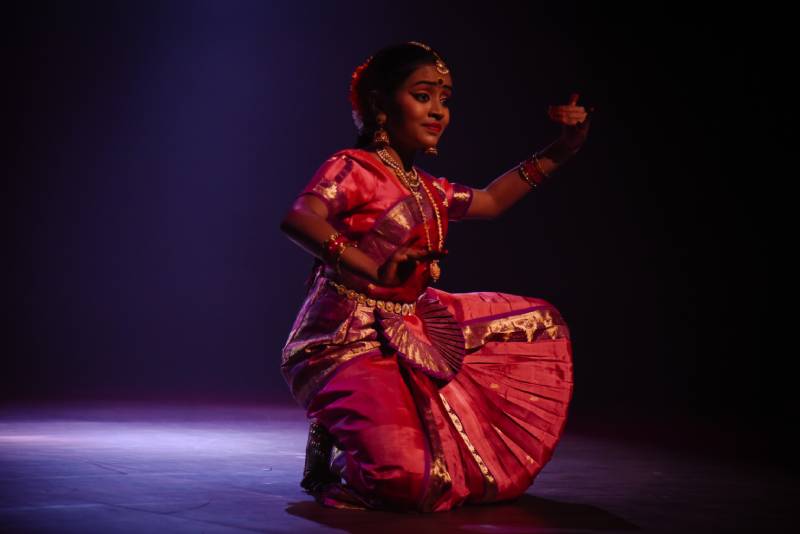At Taamara, we view the Indian classical art form as an individual's roots and wings. This unique perspective liberates the soul while keeping the mind grounded, setting us apart from other dance schools.
Classical dance is mainly an internal journey for the one who practices it. It is yogic in nature. Hence, our modules are formatted according to this philosophy. Taamara currently offers modules in Bharatanatyam and mohiniyattam.
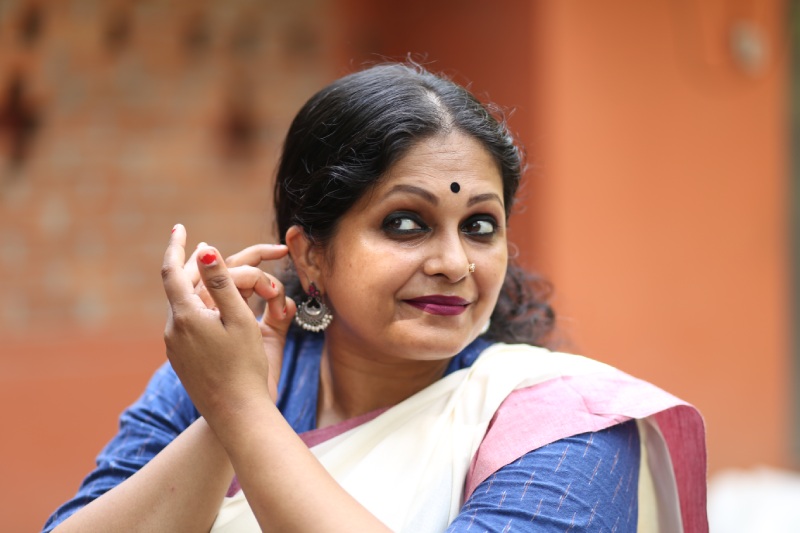
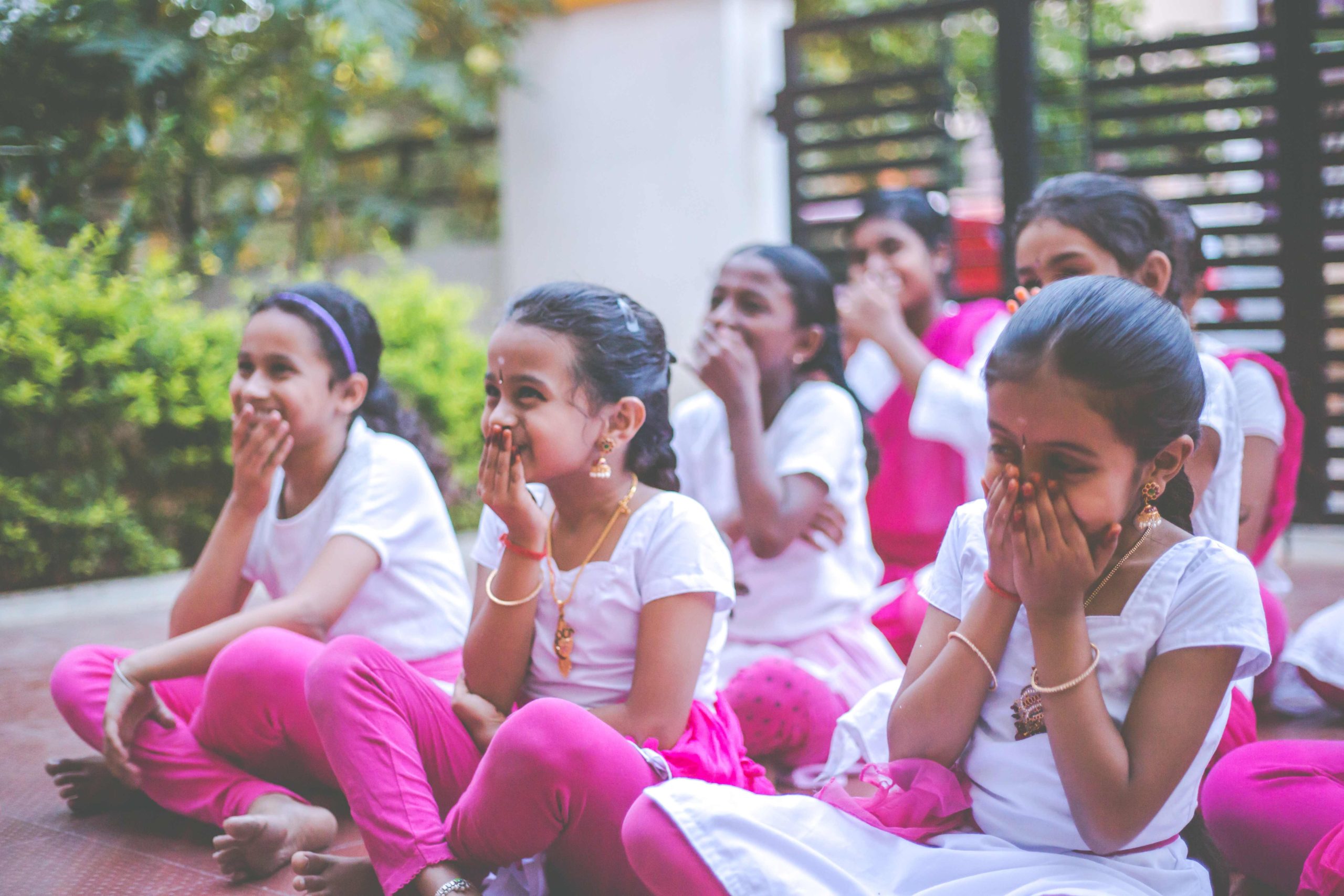
Mohiniyattam's syntax is flow. Like breath, it can move fast, slow, or medium but always maintains a consistent flow regardless of its speed. This syntax establishes circular movements, popularizing it as a graceful form. Mohiniyattam artists enjoy the space to explore abhinaya in its elaborate storytelling through a complex language of hand gestures. At TDC, Mohiniyattam is taught by examining the ways of movement, training eye movements, mudras, the Thiruvadira folk dance, and then the adavus at level 1.
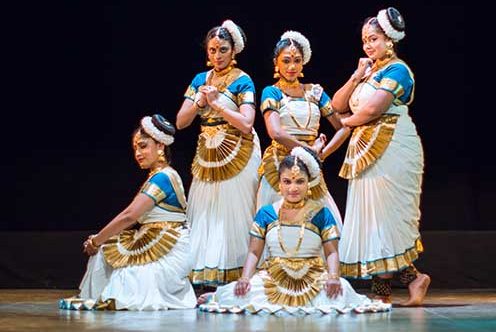
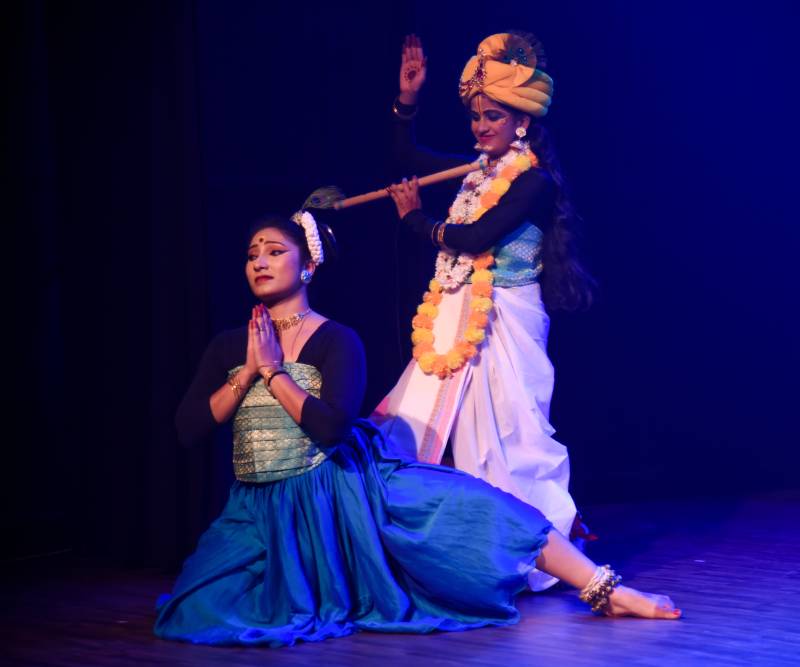
A word coined by Shruthi KP, Neo Mohiniyattam explores the border between traditional and modern dance through mohiniyattam and new movement techniques. It is essential to mention here that this method of dancing explores mohiniyattam based on its traditional movement. The intent is to explore and discover movement based on the conventional basis.
The syntax of Bharatanatyam is precision. Known for its dynamic and geometric movements, Bharatanatyam is versatile; it evolved rapidly over the decades and is now the most popular form of Indian dance. The dance form is characterized by its structured poses and more accessible storytelling communication. At TDC, Bharatanatyam is taught by focusing on foundational techniques, including basic adavus, hand gestures (mudras), theory, and rhythm patterns from the very first level, ensuring a deep understanding of its narrative intricacies.
